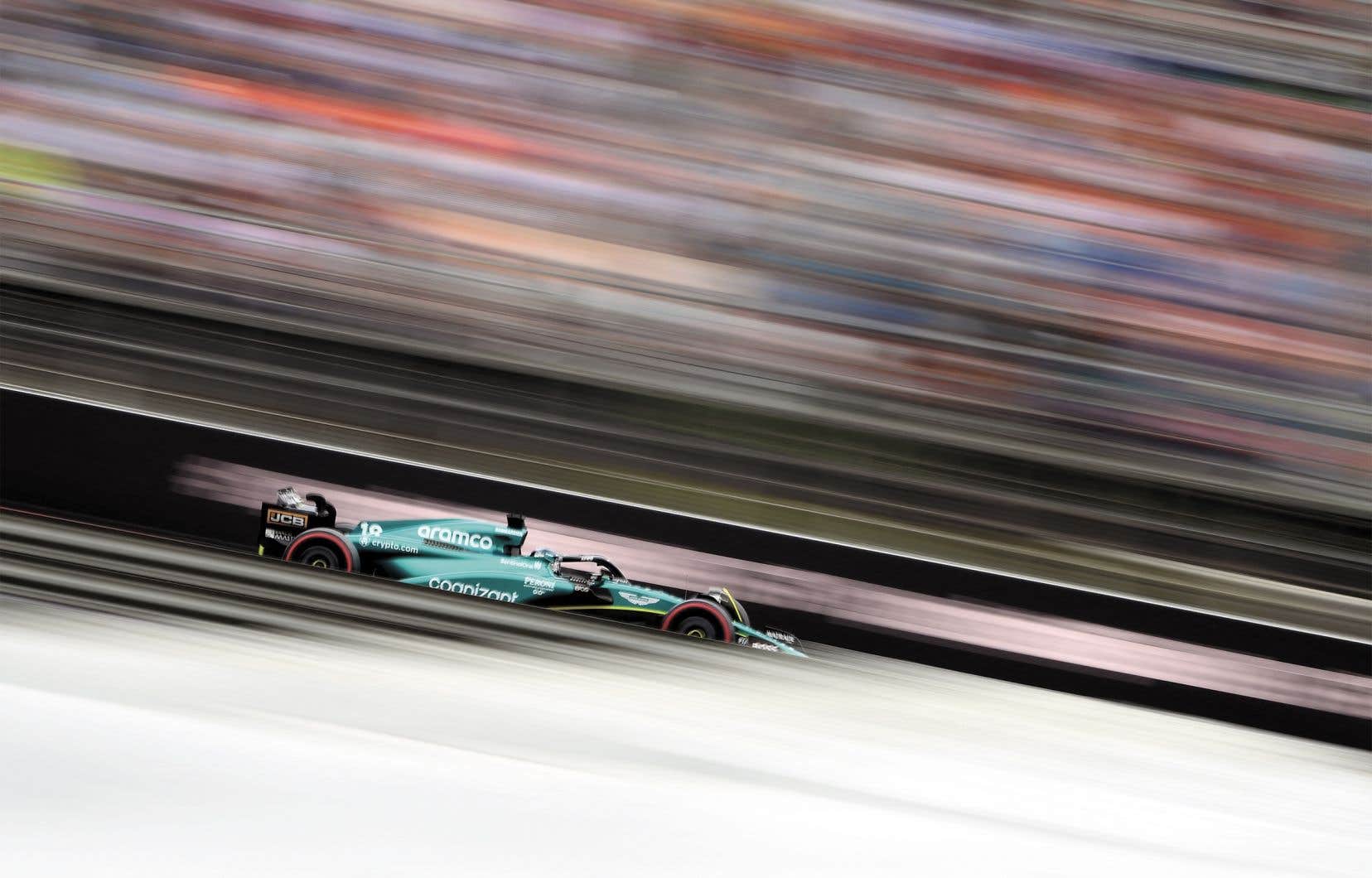Formula 1 is a spectacle high in stupefaction, speed and octane. The objective of its organizers to make it completely carbon neutral by the end of the decade will force a host of changes, starting with what fits in the tank of its single-seaters. We now know that it is windy.
The first step towards a completely carbon-free series no later than 2030 is a change in fuel. F1 wants to adopt a very tight schedule and it will start by imposing on its teams a completely carbon neutral synthetic fuel from the first race of its 2026 calendar.
It is an almost purely symbolic gesture. The F1 circuit does not emit far from 250,000 tonnes of CO2 every year. The greenhouse gas emissions of its single-seaters on the track represent 0.7% of this total.
Oxymoron
But F1 hopes that, if a synthetic fuel sees the light of day thanks to its efforts, the two billion cars in the world – many proudly driven by its biggest supporters – will also be able to put it in their tanks.
Because the real objective is this: continuity in change. This oxymoronic slogan sums up the context in which F1 finds itself in 2023. First, the climate is so capricious that it is already affecting its activities. Last month, historic and deadly floods forced the cancellation of the Grand Prix in Emilia-Romagna, Italy.
As long as we value the fact of driving ever faster on the roads, we are wrong
Then, the series is determined to green its image. Provide its share, in theory, to minimize its environmental impact. Above all: to ensure that its millions of fans around the world are not ashamed to love motor racing. There are thousands in Montreal this weekend hoping that F1 will reach its goal.
The professor of decision sciences at HEC Montreal and holder of the Chair of management of the energy sector, Pierre-Olivier Pineau, uses caution. What F1 is trying to do may be realistic, according to the energy policy expert, but much of its plan remains illusory.
“I find the solution elegant, without believing in its large-scale application,” he says. I understand F1 doing this: it greens its image by talking about carbon neutrality. I believe in this fuel, and F1 has the means to adopt it. But as long as we value the fact of driving ever faster on the roads, we are wrong. »
Supporting the dream of the super fast car is incompatible with climate objectives, recalls Pierre-Olivier Pineau. “We have to get out of the solo car model. We have to find other ways to make the public dream. »
Wind in the tank
The oil companies obviously don’t want to know anything. The leaders of Formula 1 leave it to them to develop this fuel. Saudi oil giant Aramco is a close partner in the series. Others are more associated with his stables. Shell appears with Ferrari.
Porsche, which planned to join the ranks of F1 from 2026 until its withdrawal earlier this spring, is also working hard with ExxonMobil in the development of such a fuel. Its Haru Oni pilot plant in Punta Arenas, Chile, represents the most advanced example to date of an ideal production of a zero-carbon fuel.
Not without a bit of irony, though, the factory is on a path called the “Road to the End of the World”. Porsche hopes to market its synthetic fuel in small doses as early as 2026.
The Chilean plant produces fuel from renewable sources, such as wind. Wind turbines power an electrolyser that generates hydrogen, to which is added carbon dioxide captured directly from the atmosphere. This methanol is then refined to produce different types of fuel, ranging from an ersatz kerosene to a form of high-octane gasoline capable of animating the old displacement of a 1970s Porsche 930 as well as the V6 turbo of 1.6-litre electrically assisted that Formula 1 cars will use in 2026.
To the plane
If it wants to be entirely carbon neutral, F1 will also have to review its movements from one race track to the next. The planes it monopolizes also generate a lot of polluting emissions.
Not without chance, aviation giants also hope to swap kerosene for a less polluting synthetic fuel. The SAF+ consortium was formed in Montreal by companies that include Airbus, Air Transat and petrochemical company Parachem. Last month, SAF+ and Pratt Whitney Canada began the first tests on board an Airbus A220 of a 100% synthetic fuel. The Government of Quebec has contributed $17 million to advance this project.
SAF+ and Quebec then hope to build factories in the province capable of transforming wind, water and certain industrial waste into carbon neutral fuel.
Quebec has more than 30 million tons of biomass. This is waste such as wood scraps from paper mills. A biomethanization process would transform them into a renewable natural gas from which fuels like the one dreamed of by F1 could also be derived.
“I think that producing such a fuel will be possible, but it will be expensive,” says Pierre-Olivier Pineau. Especially if we improve the situation without improving behavior. Changing behaviors should be a priority. »
Cars are getting bigger and more fuel-intensive, no matter what drives them. That too is a situation that needs to be corrected if we really want to reduce the global energy footprint. Otherwise, the quest for a renewable source of energy will be just that: wind.
